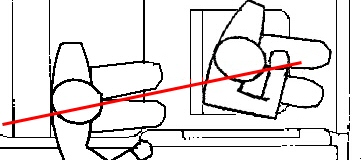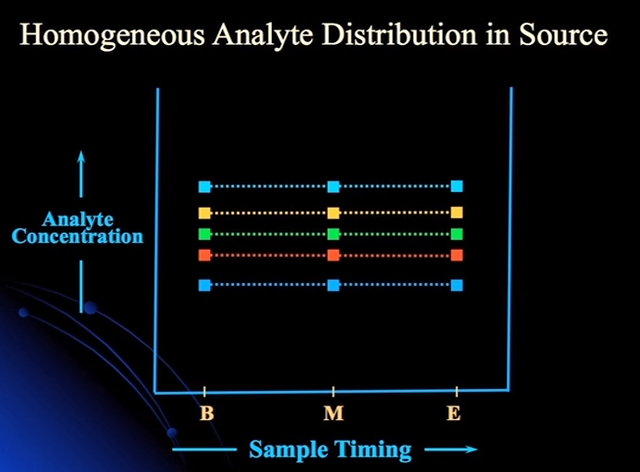Debunking JFK’s Single Shooter Theory?
/On November 22, 1963, President John F. Kennedy was fatally shot in Dealey Plaza in Dallas, Texas, as he rode in a motorcade on the way to a luncheon at the Dallas Trade Mart where he was to meet with the city’s top leaders and businessmen. In 1963, the science of forensics was in its infancy. There was incredible outside pressure upon law enforcement to identify and apprehend the guilty party, giving a grieving country closure and hopefully allowing it to move on with Lyndon B. Johnson at the helm. Lee Harvey Oswald seemed to fit the bill as the perpetrator of the horrific crime, only his shooting by Jack Ruby closed the case with even more speed than investigators ever anticipated.
There have been multiple investigations of the JFK assassination. The first was the Warren Commission, meeting from December 1963 to September 1964, which concluded that Oswald had acted alone. From this investigation, the ‘Single Bullet’ theory (named the ‘Magic Bullet’ theory by critics) was proposed: a single bullet, fired from Oswald’s rifle from the sixth floor of the Texas Book Depository, struck President Kennedy in the back before passing through his neck to then strike Texas Governor Connally in the back, shattering his fifth rib before passing through his right wrist to finally lodge in his left thigh. Early critical analysis rejected this theory, stating that the bullet would have to change direction in mid-air several times to fit the documented injuries. However, current forensics and materials knowledge has confirmed that with a slight change in position of the two victims, a single bullet could realistically explain the pattern of injury. However, Kennedy would have survived that shot. But a second bullet struck the back of Kennedy’s head, shattering the skull and fragmenting inside the brain, leaving him immediately brain dead and clinically dead within thirty minutes.
Despite the Warren Commission decision, theories of a second gunman on the grassy knoll persisted. In 1979, the United States House Select Committee on Assassinations ruled that JFK and Governor Connally’s injuries were caused only by Oswald’s two shots, however audio analysis indicated there could have been a second shooter, fanning the flames of conspiracy theorists who insisted that Oswald hadn’t acted alone.
Five bullet fragments were recovered during the original investigation and were analysed to determine if they might have come from more than the two bullets that struck the President. In 1978, radiochemist Dr. Vincent P. Guinn was allowed to test the fragments using Neutron Activation Analysis—a procedure to test trace elements in a material without destroying the sample. From the analysis of the trace elements antimony, arsenic, copper, and silver, Guinn determined that all the fragments came from the same two bullets with an identical composition.
Dr. Clifford Spiegelman of Texas A&M University used modern statistical techniques to re-examine those same five bullet fragments. And his findings directly contradicted those of Dr. Guinn. As Dr. Spiegelman explains, there were several significant problems with Guinn’s analysis. The first was the belief that a single chemical test, as opposed to a multi-disciplinary analysis, would be sufficient to yield reliable results. The second problem was the assumption that trace elements during single manufacturing run of the material would be consistent throughout the production line.
Idealized element composition during manufacturing.
In terms of ammunition, Dr. Guinn and the FBI assumed that bullets with the same composition would have come from the same box. Instead, Dr. Spiegelman found the actual production of the sample was anything but consistent:
Actual antimony sampling during multiple bullet production runs.
This means that the original hypothesis behind the chemical analysis of the JFK assassination bullet was fundamentally flawed. To demonstrate this, the team from A&M analyzed thirty bullets to determine their trace element profile. Of the thirty, one of the modern bullets actually matched the profile of the JFK bullet fragments, further proving how a simple chemical analysis is insufficient to prove a chemical profile so unique to confirm it could be the only bullet involved in an assassination.
Dr. Spiegelman is adamant that this does not mean there was a second shooter in Dealey Plaza. But he does insist Dr. Guinn’s original assessment that there were only two bullets and they came from the same box of bullets and the same rifle has to now be considered totally inconclusive.
Photo credit: Wikimedia Commons and Dr. Clifford Spiegelman, Texas A&M University








 COMPLETE!
COMPLETE! Planning
Planning